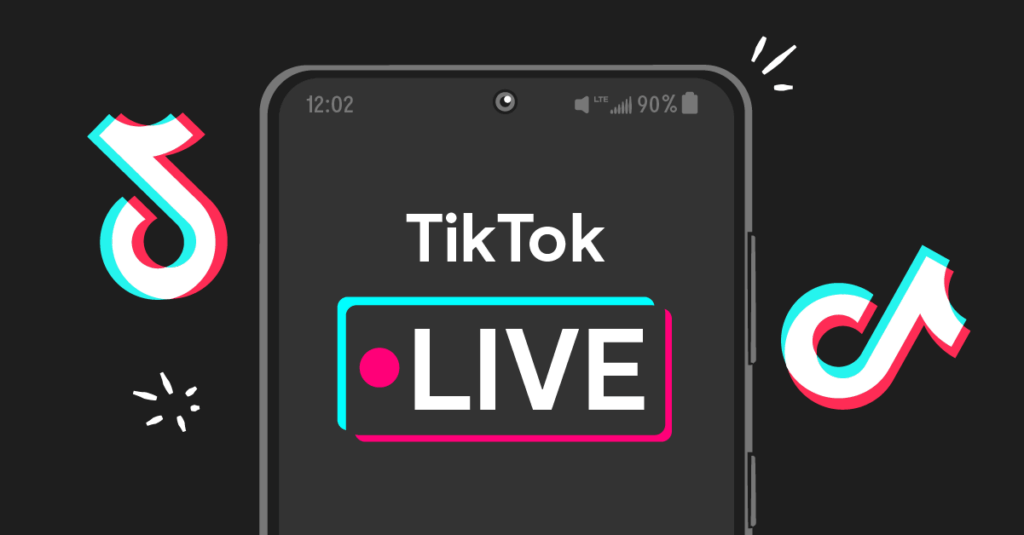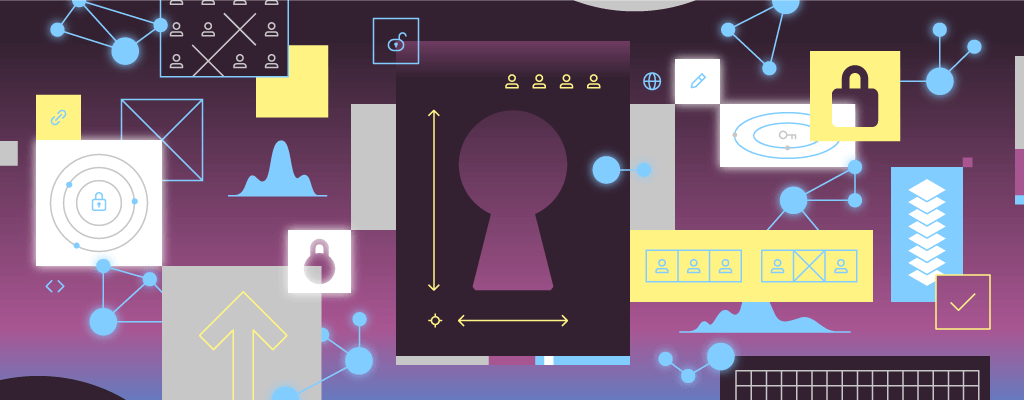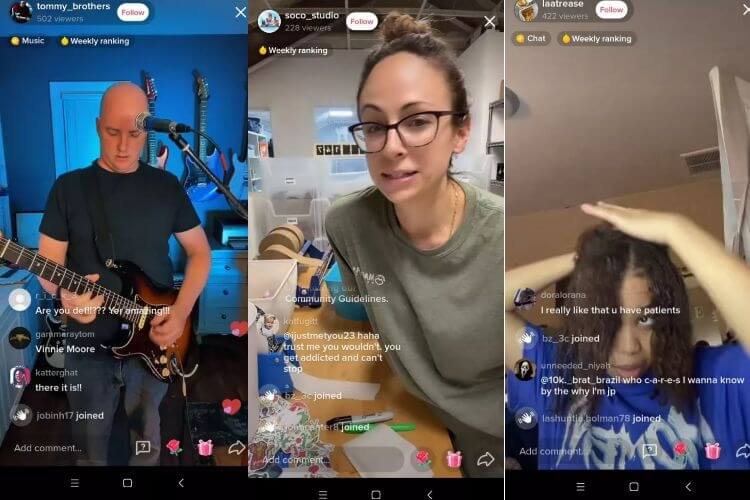Three months ago, I began TikTok live streaming—a decision I never imagined I would make.
I had grown accustomed to hiding behind words, carefully choosing each one and organizing my thoughts. But it's impossible to go against the current; creating short videos and live streams is a necessary step.
In these 25 live streams, I've gathered some personal experiences and insights that I’d like to share with you.
Let me first explain why I call them personal. I come from three distinct perspectives:
Theoretical to Practical: I've understood the theory, but now I must practice it—facing the challenges head-on.
Platform to Content Creator: I used to work on the platform side; now, I'm a self-media creator. This gives me a shift in perspective.
Writing to Video Creation: I’ve moved from asynchronous text-based content to real-time video, which is a different experience altogether.

1. The Essence of Live Streaming: Realness and Companionship, Not a Lecture
Each content format has its essence and strengths. Before diving in, it’s important to understand this. Here’s a quick breakdown:
Text: The essence of text is documentation or argumentation. Its strength lies in expressing complex ideas and logical relationships.
Video: The essence of video is efficiency in delivering information. It’s direct, with high efficiency in both expression and understanding, thanks to the visual medium.
Audio: The essence of audio is companionship. It's best suited for receiving simpler information that doesn’t require deep cognitive engagement.
The essence of live streaming is a mix of teaching and companionship. Unlike audio, live streaming involves both visuals and sound and emphasizes interaction. Audiences tune in while in a relaxed state, often seeking a casual form of entertainment.
Now, some might say they watch live streams to learn. While there are live streams dedicated to teaching, selling, or even moving classrooms online, these are extensions of live streaming and beyond the scope of this discussion.
A typical live stream involves one or more people talking to the audience, and at its core, it's about companionship. Even if the theme is educational, and viewers have a desire to learn, this is merely the surface. As a streamer or content planner, you shouldn’t fill a live stream with heavy, lecture-like content.
For example, in a few of my streams, I covered hard-core topics like content operations, community management, and leadership strategies. Before those streams, I would prepare a detailed outline—several thousand words—divided into multiple points, with each point having layers of meaning and supporting examples.
These topics, when written, were crystal clear. But presented in a live stream, it became a chaotic mess. The content was too dense and complex, leaving the audience confused and overwhelmed. Most viewers are in a relaxed state during live streams and are not ready for such heavy information, causing them to disengage.
So, in future streams, I made adjustments. I limited myself to discussing just two or three key points without delving into too much complexity. The results were much better.
For instance, one stream was titled, Four Tips to Help You Grow Faster in the Workplace. The content was simple: stay away from negativity, speak up more, take credit, and build relationships. I spent the entire 90 minutes on these four points, supporting them with facts and stories. The stream’s data showed improved audience engagement and interaction.
One point, "Speak Up More," really resonated with the audience and sparked discussions for days afterward in the community.
Key takeaway: Your live stream should give viewers a sense of tangible value, something they’re eager to consume. But be mindful of the complexity and depth—find a balance between casual conversation and teaching.
2. Interaction Is Key, Not One-Way Delivery
This is something I’ve known for years and often told others. But until I experienced it myself, it remained just a theory.
Years ago, I thought it was inefficient for streamers to answer comments. For example, if there are 200 viewers in your stream, and 10 ask questions, the streamer would answer those 10, leaving the remaining 190 unengaged. I saw this as inefficient.
However, I was wrong.
First, viewers want the feeling of a face-to-face interaction with the streamer. This immediacy and authenticity are what makes live streaming more appealing than polished TV shows.
A rather crude analogy: watching a streamer live is like visiting the zoo to see monkeys. People stand in front of the enclosure to watch the monkeys jump around, and they often want to throw something to see how the monkeys react. The monkeys, in turn, perform tricks to entertain the visitors, which draws even more people.
Secondly, user needs are often similar, so the questions raised by a few can represent the interests of many. Even though only 10 viewers ask questions, their inquiries likely reflect what many others are thinking.
For example, in my live streams, the core themes revolve around business operations and career growth. Within these themes, there aren't many unique questions. Over time, they boil down to about 50 repeated inquiries—like how to manage up, switch industries, design user systems, or plan events.
If a few viewers ask these questions, the rest of the audience is content to sit back and listen. People are lazy, not only in typing out questions but also in figuring out what their questions even are and how to phrase them.
A friend from TikTok once told me about streamers selling product management or content creation courses. They’ve memorized 50 common questions from users and repeatedly go live to answer these questions, turning that traffic into sales.
Once, during one of my live streams, I spent the first 40 minutes sharing my own insights without interacting with the audience. As a result, viewership steadily dropped. My assistant, Yoki, anxiously typed a message: "Engage with the audience! We’re losing viewers!"
The change was immediate. As soon as I started answering questions from the comment section, the viewership shot back up, even surpassing the initial numbers. The impact was visible in just three minutes.
Key takeaway: Stick to your live stream’s script, but consistently engage with the audience—read and answer questions from the comment section.
3. Develop a Unique Personality, Avoid Being Generic
People watch content from amateurs not because they're the best, but because they’re unique. As an amateur streamer, the key is to showcase your individuality.
Individuality is similar to the concept of a personal brand, and it includes traits like personality and viewpoints. Everyone has these qualities, and they are inherently unique. The key is not to hide or suppress them, but to embrace and display them.
I’ve observed several successful content creators with a strong following and clear personal branding. While their technical skills might be average, they have vibrant personalities and aren’t afraid to share their perspectives.
Their fans aren’t drawn to objectivity or academic rigor. What fans crave is emotional resonance—"Yes! You said exactly what I was thinking! You’re living the life I want to live!" Fans want to see your growth and feel connected to your journey.
To achieve this, you need to highlight your quirks and stand out. A monotonous approach will only bore people.
Here are some concrete ways to do that:
Include Family and Friends: Some content involves not just the streamer but their family or friends, giving their personality more depth. For example, in cooking videos, a child may ask for a dish, and the streamer cooks it. This simple dynamic adds an element of warmth, making the content more relatable.
Challenge Common Beliefs: In my live streams, I’ve shared controversial workplace advice, like "Take Credit"—a phrase many find negative, but I frame it as an essential part of managing up.
Show Emotions: Expressing emotions in a live stream can strengthen your connection with viewers. For example, getting angry when you’re insulted, becoming animated when discussing heated topics, or raising your voice during a lively debate all make you more relatable.
Key takeaway: Don’t hide your personality—highlight it. Unique traits are what will make you stand out from the crowd.
4. Collaborating is Better Than Going Solo
This might seem obvious to many, but if you have strong solo skills or a standout personal brand, you may wonder if solo streaming is better.
My experience over the past three months has shown me that collaborating, or "dual streaming," leads to better results. Having two people interacting brings diversity to the discussion, while a solo stream’s unchanging tone and pace can become monotonous.
Collaborating also boosts the energy of the stream. As a solo streamer, you’re looking at a screen of text. But when you’re streaming with someone else, you’re engaged in a real conversation, and this excitement translates to the audience.
As a result, I’ve made it a habit to invite a seasoned professional from the internet industry to join me in my live streams every week.
Key takeaway: Collaboration leads to better content, greater audience engagement, and higher energy.
These are the four key lessons I’ve learned in my first three months of live streaming. It’s an ongoing journey, but by focusing on these principles, I’m seeing continuous improvement in my content and audience interaction.



